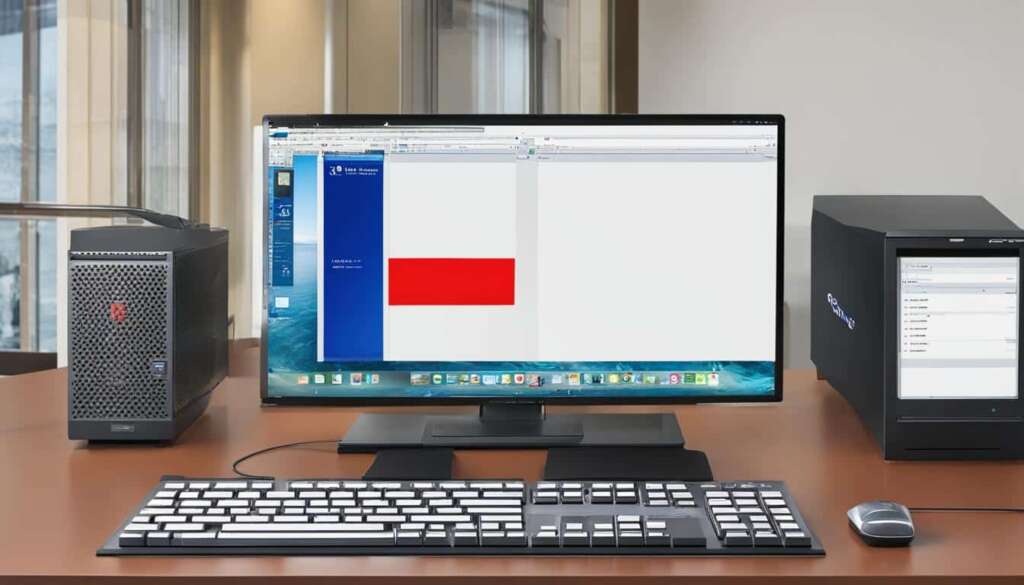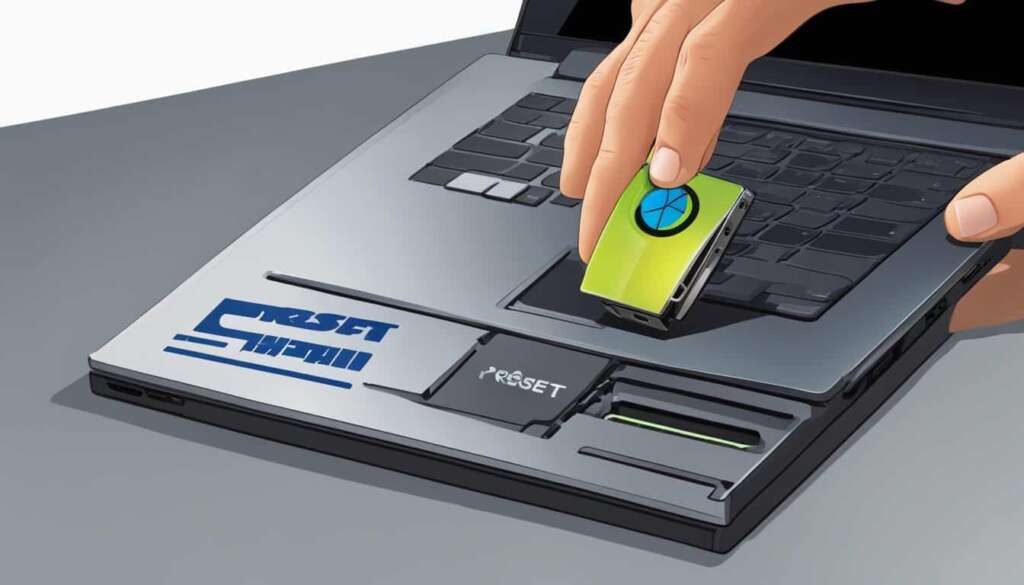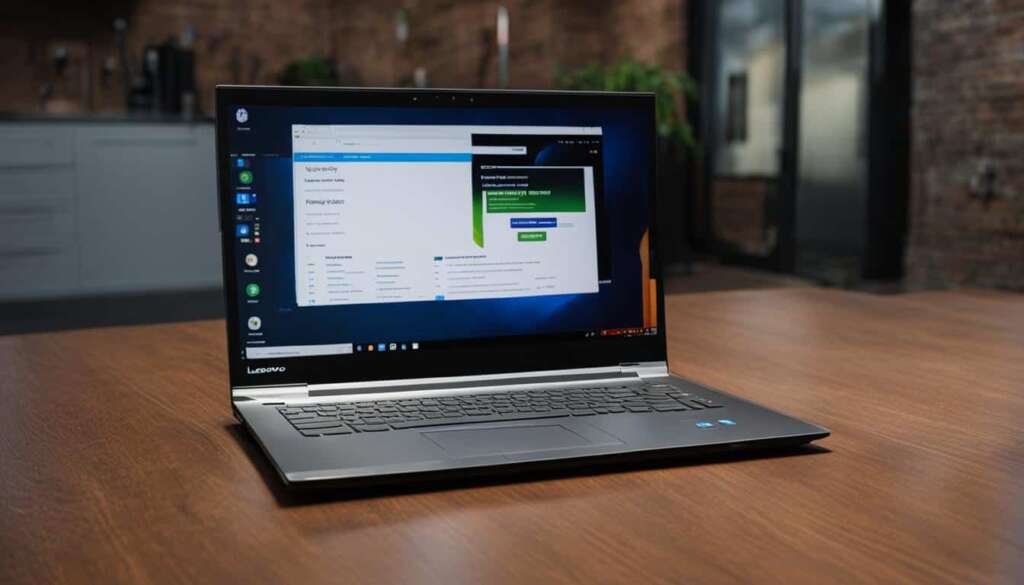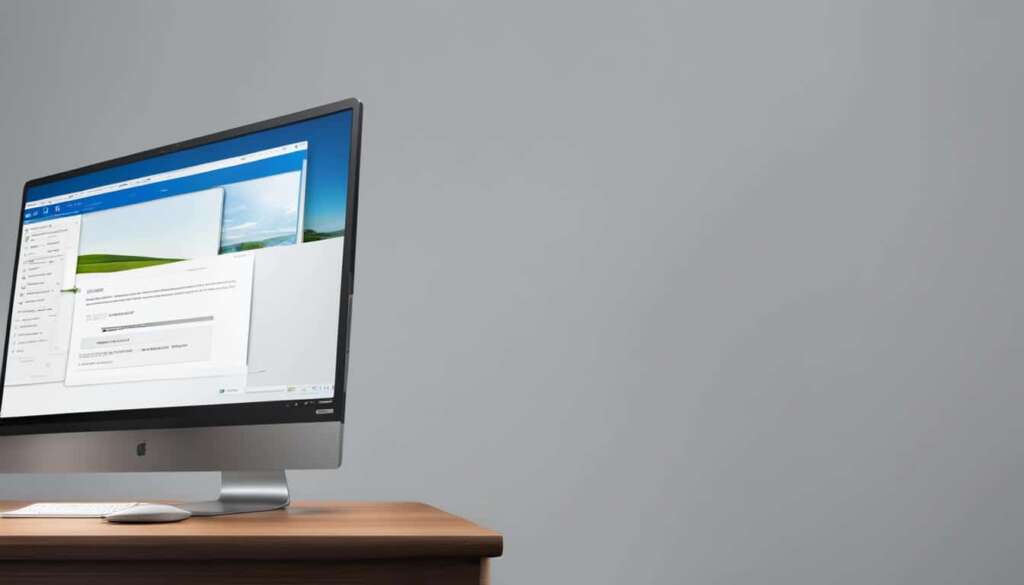Table of Contents
Welcome to our quick and easy guide on how to reset your PC. Whether you’re using Windows 10 or the latest Windows 11, we’ve got you covered. Resetting your PC can be a useful solution when you’re experiencing performance issues, want to start fresh, or need to fix persistent problems. In this article, we’ll walk you through the step-by-step process for both Windows 10 and Windows 11, including the option to keep your files or remove everything. So let’s dive in and learn how to reset your PC!
How to Reset a PC in Windows 10
If you’re using Windows 10, resetting your PC is a straightforward process. First, open the Settings app by clicking the Start menu and selecting the gear icon. Under Settings, navigate to Update & Security, and then choose Recovery. In the Reset this PC section, click on the Get started button.
Once you’ve reached the reset options, you can choose to keep your files or remove everything. Keeping your files will preserve your personal documents but remove any downloaded apps and settings. If you opt to remove everything, Windows will completely wipe the drive, including downloaded apps, settings, and personal files. Before initiating the reset, make sure to back up any important files.
Additionally, Windows 10 offers customization options during the reset process. You can restore preinstalled apps or clean the drive, depending on your preferences. Keep in mind that resetting a PC can take some time, so be patient as the process completes.
How to Reset a PC in Windows 11
If you recently upgraded to Windows 11 or have been using it as your operating system, resetting your PC is similarly straightforward. Open the Settings app and navigate to System > Recovery or Windows Updates > Advanced options > Recovery.
Once you’ve accessed the reset options, click on the Reset PC button. Just like in Windows 10, you’ll have the choice to keep your files or remove everything. Keeping your files will retain your personal documents while eliminating downloaded apps and settings. On the other hand, removing everything will erase all downloaded apps, settings, and personal files from the drive.
Windows 11 also allows you to customize additional settings during the reset process. You can decide whether to reinstall Windows from a local source or through a cloud download. Additionally, you have the option to restore preinstalled apps or clean the drive. It’s crucial to back up your files before initiating the reset to avoid any data loss.
Remember that resetting your PC will remove all installed applications and settings, so proceed with caution. Whether you’re using Windows 10 or Windows 11, the ability to reset your PC can be a valuable troubleshooting tool. Follow the steps outlined in this guide and enjoy a refreshed computing experience!
How to Reset a PC in Windows 10
To reset a PC in Windows 10, follow these steps:
- Open the Settings app by clicking on the Start menu and selecting the gear icon.
- Select “Update & Security.”
- Choose “Recovery.”
- Under the “Reset this PC” section, click on the “Get started” button.
- You will be presented with two options:
- Keep my files: This option removes all installed apps and settings, but keeps your personal files intact.
- Remove everything: This option will wipe the drive clean, including all installed apps, settings, and personal files.
- Restore preinstalled apps: If enabled, Windows will reinstall the apps that came with your device.
- Clean the drive: By selecting this option, Windows will securely erase the drive to prevent data recovery.
Resetting your PC in Windows 10 is a useful troubleshooting step if you are experiencing issues or want to start fresh with a clean installation. However, it’s important to note that resetting your PC will remove all installed apps and settings, so be sure to back up any important files before proceeding.
How to Reset a PC in Windows 11
In Windows 11, resetting your PC is a straightforward process that can help you resolve system issues or start fresh with a clean slate. To reset your PC, follow these simple steps:
1. Open the Settings app by clicking on the Start Menu and selecting the gear icon.
2. Navigate to System > Recovery or Windows Updates > Advanced options > Recovery.
3. Click on the “Reset PC” option.
Once you’ve reached this stage, you will have the option to choose whether you want to keep your files or remove everything:
– If you select “Keep my files,” Windows 11 will remove downloaded apps and settings but retain your personal files.
– Choosing “Remove everything” will wipe the drive clean, removing downloaded apps, settings, and personal files.
Additionally, Windows 11 offers further customization options. You can decide how to reinstall Windows – either through a local reinstall or a cloud download. You also have the ability to restore preinstalled apps or clean the drive for a fresh start.
Remember, before proceeding with the reset, it is crucial to back up any important files to ensure they are not lost during the process. Now you can reset your PC in Windows 11 with confidence, knowing that you can customize the experience to suit your needs.
FAQ
How do I reset my PC in Windows 10?
To reset your PC in Windows 10, open the Settings app, select Update & Security, and choose Recovery. Under the Reset this PC section, click on the Get started button. You can then choose to keep your files or remove everything. When keeping your files, only downloaded apps and settings will be removed. If you choose to remove everything, Windows will wipe the drive clean, including downloaded apps, settings, and personal files. Before hitting the reset button, you can customize additional settings such as restoring preinstalled apps or cleaning the drive. Resetting a PC in Windows 10 may take some time, so be patient.
How do I reset my PC in Windows 11?
In Windows 11, you can reset your PC by opening the Settings app and navigating to System > Recovery or Windows Updates > Advanced options > Recovery. From there, click on the Reset PC option. Similar to Windows 10, you can choose to keep your files or remove everything. Keeping your files will only remove downloaded apps and settings, while removing everything will wipe the drive clean, including downloaded apps, settings, and personal files. You can also choose how to reinstall Windows, either through a local reinstall or a cloud download. Before proceeding with the reset, you can customize additional settings such as restoring preinstalled apps or cleaning the drive. Remember to back up any important files before resetting your PC in Windows 11.













